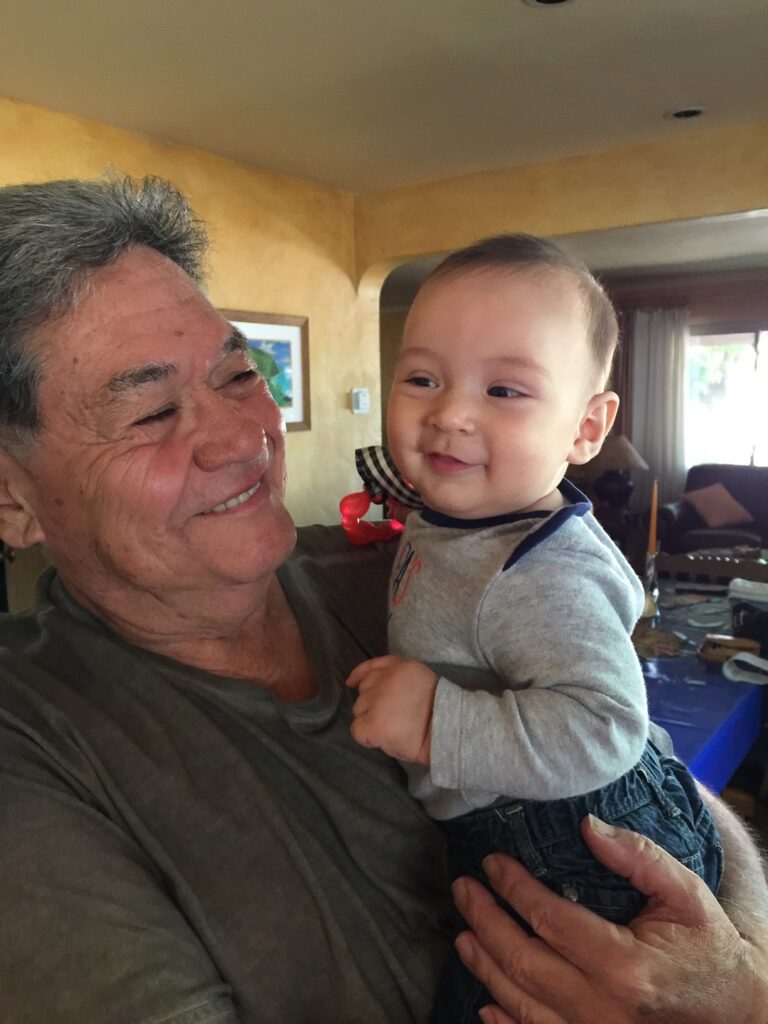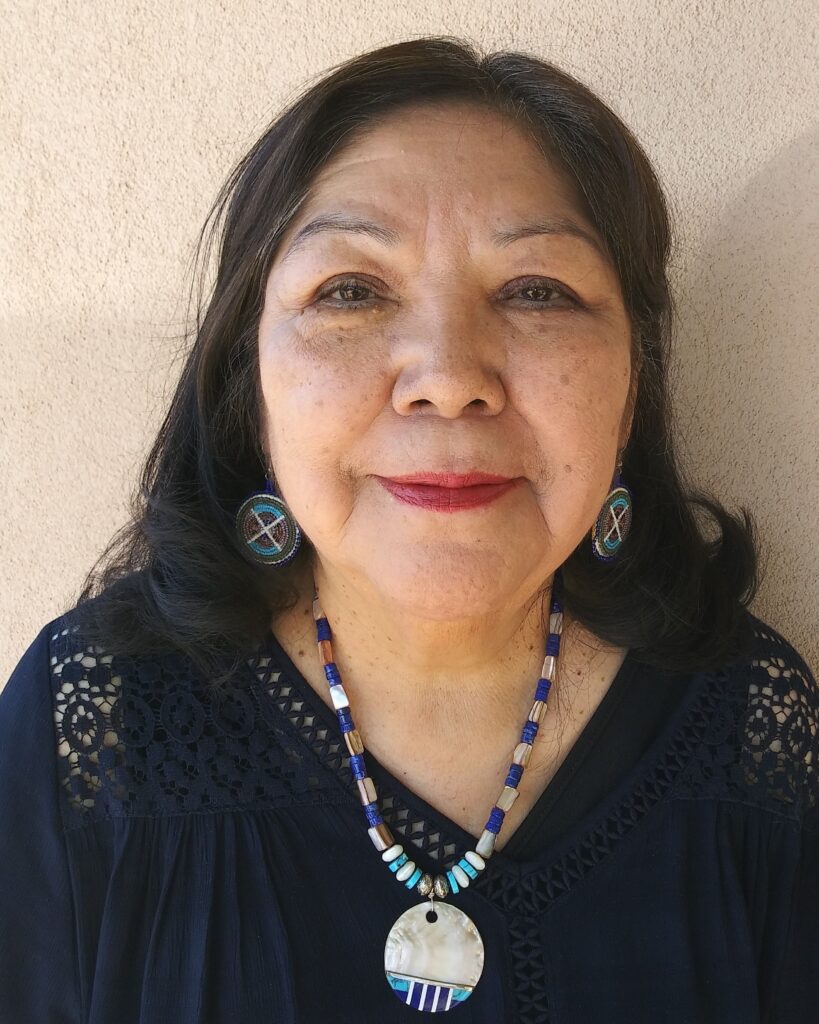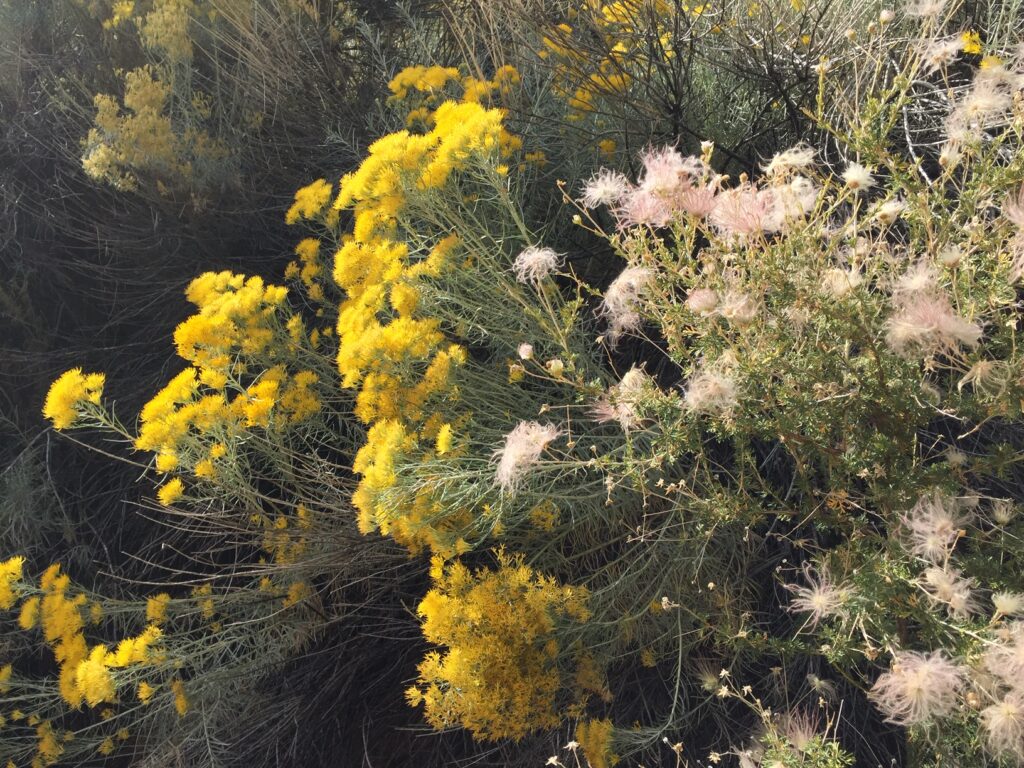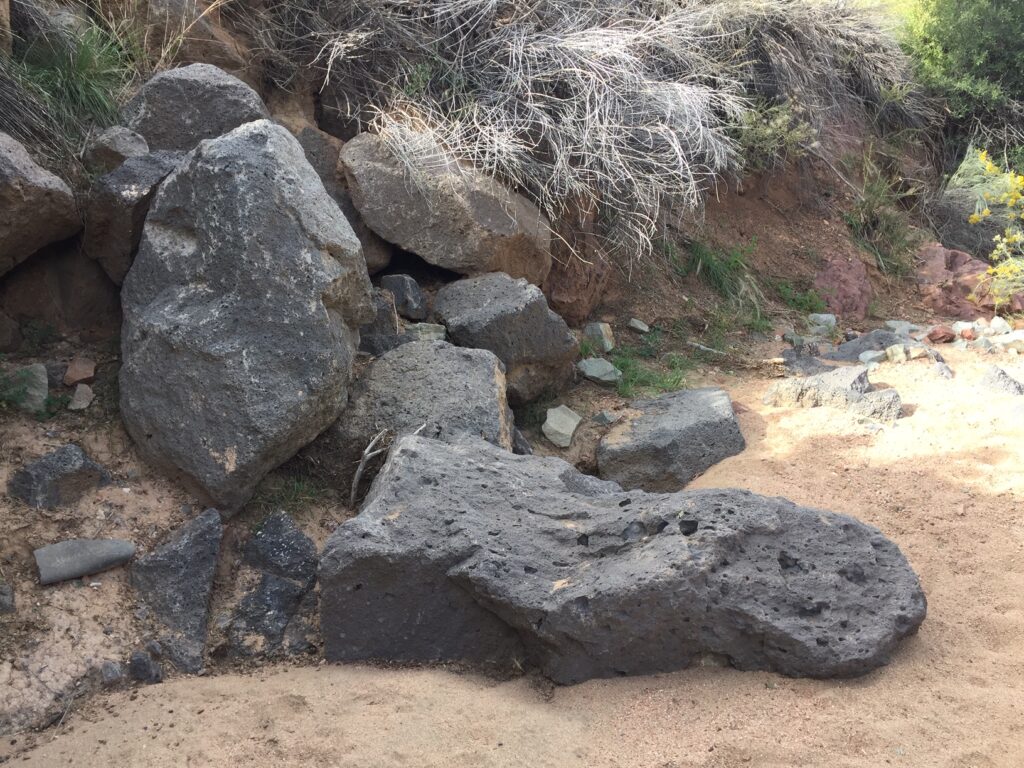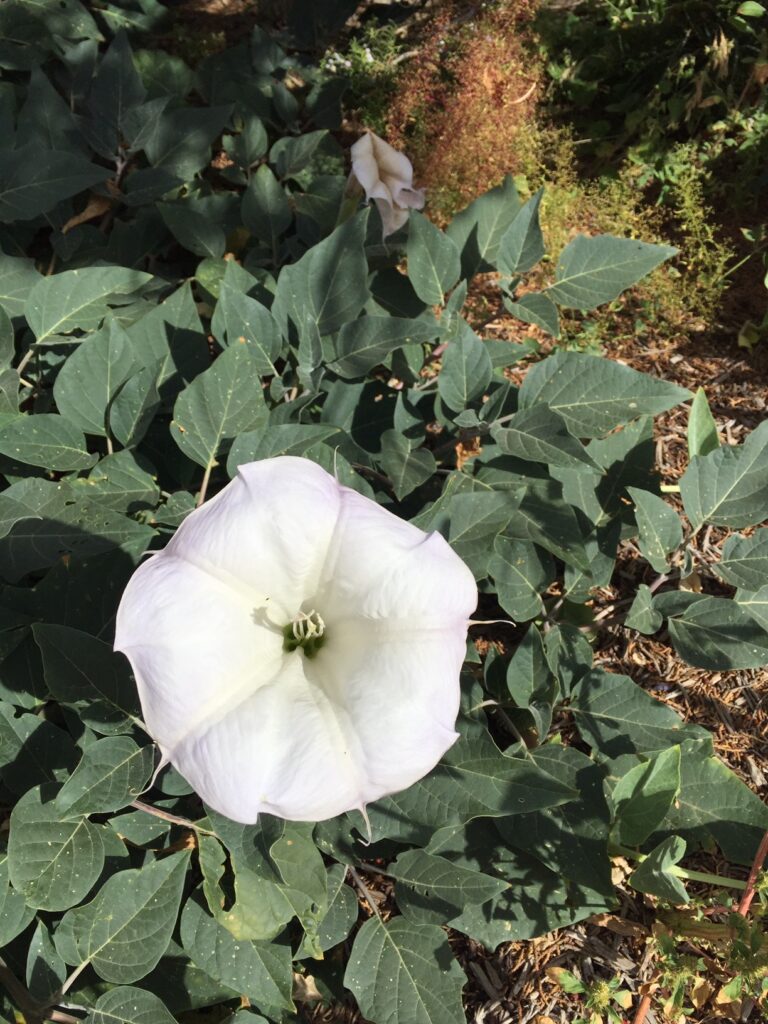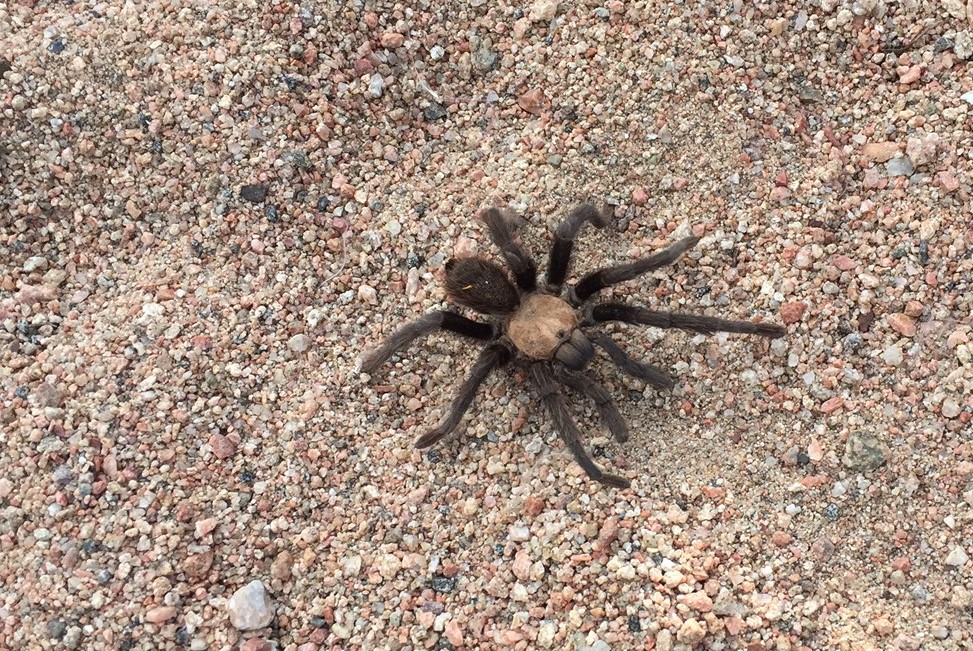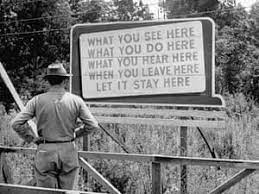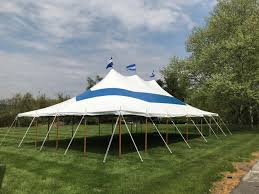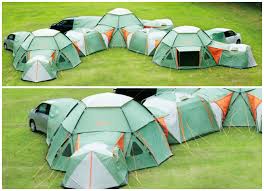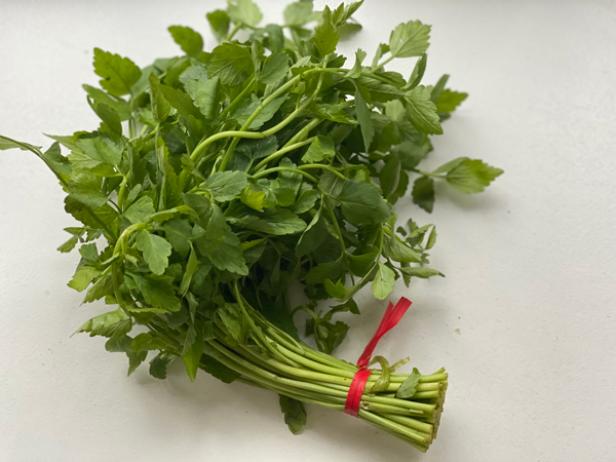Flipping Out
At the exact moment that I decided to get a booster, so did everyone else in Santa Fe. Just as happened with the first and second vaccines, I hit the market at the peak and was shut out everywhere I tried. So, this time I opted to make an appointment in Las Vegas, NM, about an hour drive east. Roberto and I arrived at the pharmacy and I took my spot in line. Eventually a pleasant woman called me into a storage room that was doubling as a shot dispensary. I sat facing stacks of toilet paper, a variety of walkers, and cartons of medical supplies. She asked which arm, I said “left, please,” and rolled up my sleeve. As she squeezed my upper arm for the shot, I turned my head and looked away. I felt the alcohol swipe and prepared myself for the jab.
Almost immediately she let go of my arm. I whirled around. I had felt nothing, not a breaking of the skin, not the flow of the vaccine, nothing. I looked at my arm, no band aid, no prick mark from a needle. “What? You didn’t do it?” I stammered.
She smiled. “It’s done. You’re good to go.”
“But I felt nothing, I mean nothing, and it was so fast, too fast…”
(more…) Read More
